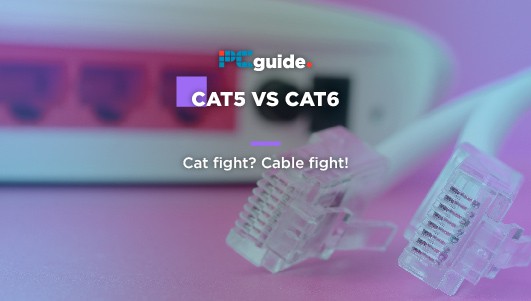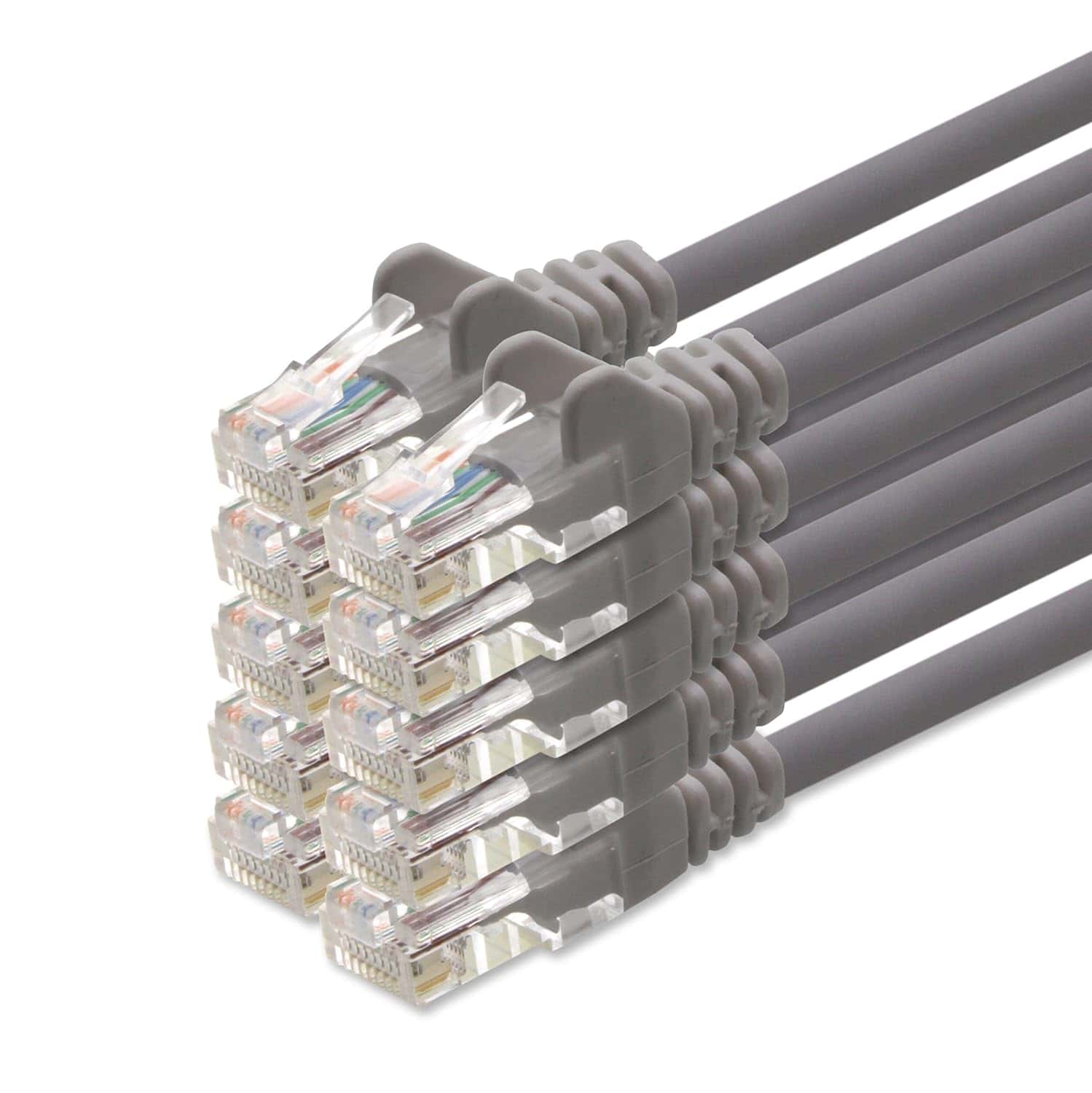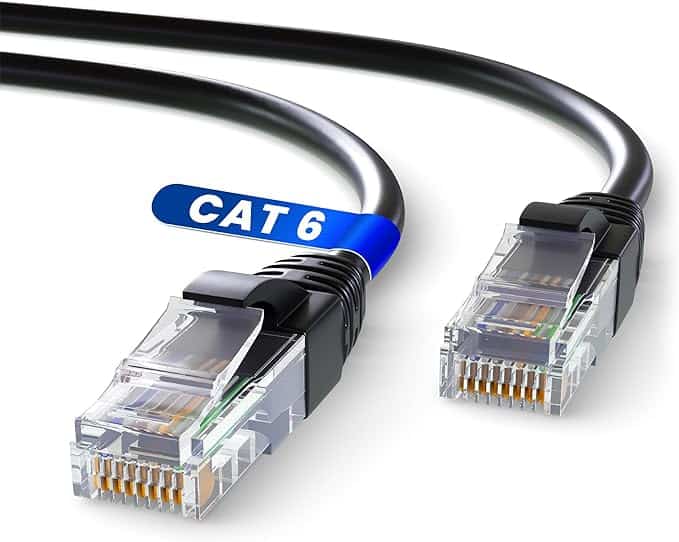CAT5 vs CAT6 Cables – Which is Best in 2023?

Table of Contents
Ethernet, am I right? What's the deal with it and why are there so many different versions of network cables? Well, today we're going to discuss CAT 5e, CAT6, and CAT6A, the standards you'll find in your house these days without blowing all the money on really expensive cabling.
CAT5 was introduced in 1999, then upgraded in 2001 to the ‘e' variant, which is capable of carrying a gigabit ethernet speed. Used with the internet, telephone, and video, it's the most commonly found Ethernet cable around and often the cheapest for the length, providing solid data transmission and fewer errors such as return loss.
CAT6 came not long later, able to transfer a 10-gigabit connection over a limited distance. CAT6 is mainly used to ensure stability and high speeds in networking setups, while CAT5e is used for longer stretches. Whilst there are not too many significant differences, CAT6 ultimately better provides high-speed internet.
Intertwined or Tangled?
CAT5e and CAT6 are cross-compatible, so you can use both in the same network for transferring gigabit connections between different areas. For instance, if you have a switch outputting a 10-gig connection but don't need 10-gig speeds for transfers for certain PCs in the setup, you can simply take CAT5 from one of the LAN outputs. It’s the same ethernet jack/connector and a very similar type of cable aesthetically.
The difference here is that over the course of 100m, both CAT cables can provide a gigabit connection. The signal physically cannot go any further without degrading over time. This is why you'll find network switches and the like littered around networks.
When it comes to providing a 10-gig signal, the CAT6 is reduced to 55m, limiting the distance it can travel before it degrades. This however has been ‘rectified' with the CAT6A, which can provide 10 gigabits over 100m – ultimately resulting in better internet speeds.
Make Love, Not War
This is why the ‘CAT5 vs CAT6' conversation is bizarre. It's a meaningless fight over whether or not you have the budget to provide a network with full CAT6A for a 10-gigabit connection across the board, or whether you only need to run cable certain distances and can cut costs with just CAT6.
Because they're interchangeable based on the needs of the user, to pit them against each other in a traditional website clickbait fight is ridiculous.
Cat5 vs Cat6 – The Verdict
Ethernet from CAT5e onwards can provide you with a really solid, reliable 1 Gbps connection, which is more than enough for any intranet, internet, or local transfer that needs to be done. You're more than likely to find that this is more than enough for you and your network. The only time you'd need to upgrade to a 10-gig network is if you're really in need of transferring large batches of files out of a singular point or between users, like video editing or photography backups.
In this case, if you’re worried about future-proofing, you'd want to upgrade to CAT6 or CAT6A, depending on the distance and budget you have in mind.
If you’re just at home though, needing to plug a Playstation or PC into a router, modem, or powerline adapter, you can simply just purchase the longest possible CAT5e cable and get exactly what you need out of it. Don’t overthink it.
Can I Use CAT6 with CAT5?
Yes, they’re interchangeable. You won’t get the full speed that CAT6 provides. If you do use a CAT6 to provide a connection to a switch and then into a CAT5 device, it’ll only do a 1-gigabit connection.
How fast is a CAT6 vs CAT5?
CAT6 cables come in at 10-Gigabit over 55m. Both can provide 1 Gigabit over 100m, but CAT6A can provide 10-gig over 100m.


